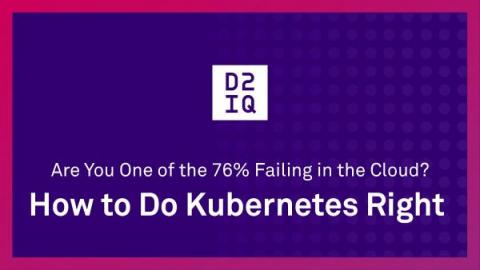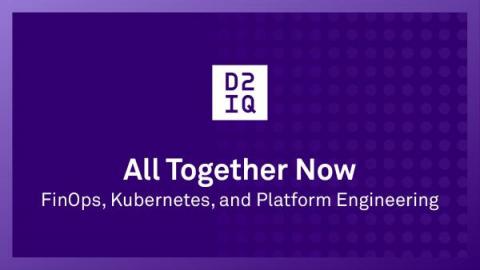Are You One of the 76% Failing in the Cloud? How to Do Kubernetes Right
A recent Wall Street Journal article cited a KPMG survey that showed that roughly 67% of 1,000 senior technology leaders at U.S. firms across industries said they have yet to see a significant return on cloud investments. The most common issues preventing a better return on cloud spending were insufficient skills of tech teams, additional security and compliance requirements, and a misalignment with expected outcomes, said Barry Brunsman, a principal in KPMG’s CIO Advisory group.








